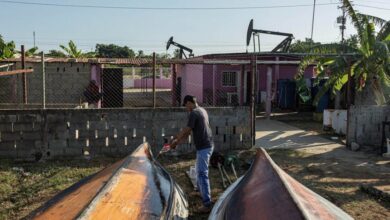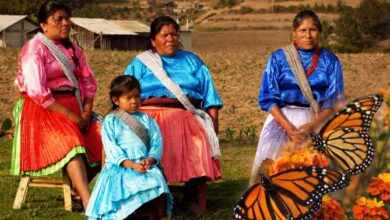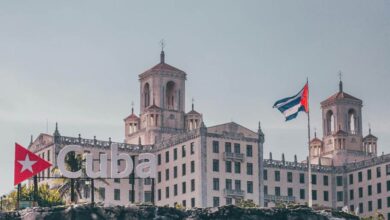Masdar City, the ecological city of the future that hardly anyone visits
The architectures of cities can also contribute to caring for the environment. Let's look at the peculiar case of Masdar City, from the United Arab Emirates .

The city is located in Abu Dhabi and was designed with the future of the planet in mind. / Photo: masdarcity.ae
LatinAmerican Post | Ariel Cipolla
Listen to this article
Leer en español: Masdar City, la ciudad ecológica del futuro que casi nadie visita
Although we are going through confinement, it is always a good opportunity to think about the future of the planet. The idea of having a self-sustaining city is something that is currently thought about, which is why the 20 Minutos media mentions that the UN, for example, recognized Valencia as a “sustainable and smart city”.
However, did you know that there are cities that were designed exclusively for this purpose? In other words, they have not implemented protocols to adapt to the quality demands of today, but rather, they were made to be sustainable from the beggining. This is what Toyota plans in Japan, according to the BBC media , where an urban prototype was generated with the intention of creating Woven City to function as an automated technology production center.
However, there are already some created today. In this case, we will talk about Masdar City, the city that is located in Abu Dhabi, United Arab Emirates , which the Business Insider website highlights as the "greenest on Earth", even knowing that it is surrounded by the largest the planet's oil reserves. Let us know all its history and current events.
The unknown history of Masdar City
The first thing we observe is that, although it sounds paradoxical, despite the fact of having so much oil to extract, which generates abundant wealth that derives in a sustainability of income in the short and medium term, in the United Arab Emirates they also worry about the health of the Earth . This is why, in 2008, construction began on Masdar City, the lowest carbon city in the world.
According to EcoInteligencia, it is a model of a sustainable city in the desert, designed by the British architect Norman Foster. It is located 17 kilometers southeast of Abu Dhabi, with a manufacturing cost of more than twenty billion dollars, having the capacity to locate more than 50,000 people and 1,500 businesses, being close to the main transportation infrastructures of the zone.
Cars are also forbidden in this ecological paradise. Thanks to a solar energy supply, you can see, inside, large squares with trees. However, outside is the intense heat of the desert, something that characterizes the area in which it is located.
The idea of being able to support the country's current situation with the "economy of the future" is one of the intentions for which the city was created. However, it seems that the urbanization has taken longer than expected, since, according to the newspaper El País, it is a "desert" situation, where designers had to collide with reality to lower expectations.
Also read: The 5 most painful insect bites
The idea of being free of cars, for example, is more difficult than expected, since, although the city is operational, only around 2,000 people are living there, who are still not attracted to this way of life. The design had to be modified over the years, in addition to the fact that investors' purchase of land has to be encouraged, although it must be related to the design of the city, strictly complying with ecological protocols.
There is even a study center that is empty due to a lack of students, so all these buildings are self-sufficient in energy through solar panels, but without people who want to visit them. The fact that it combines avant-garde technology with traditional settlements has not yet managed to attract people's attention, in addition to the obvious delays in the completion of its construction.
Although, according to what the Xataka media highlights, the city has a transport system created especially for itself, it is still a kind of utopia that could not materialize one hundred percent.




